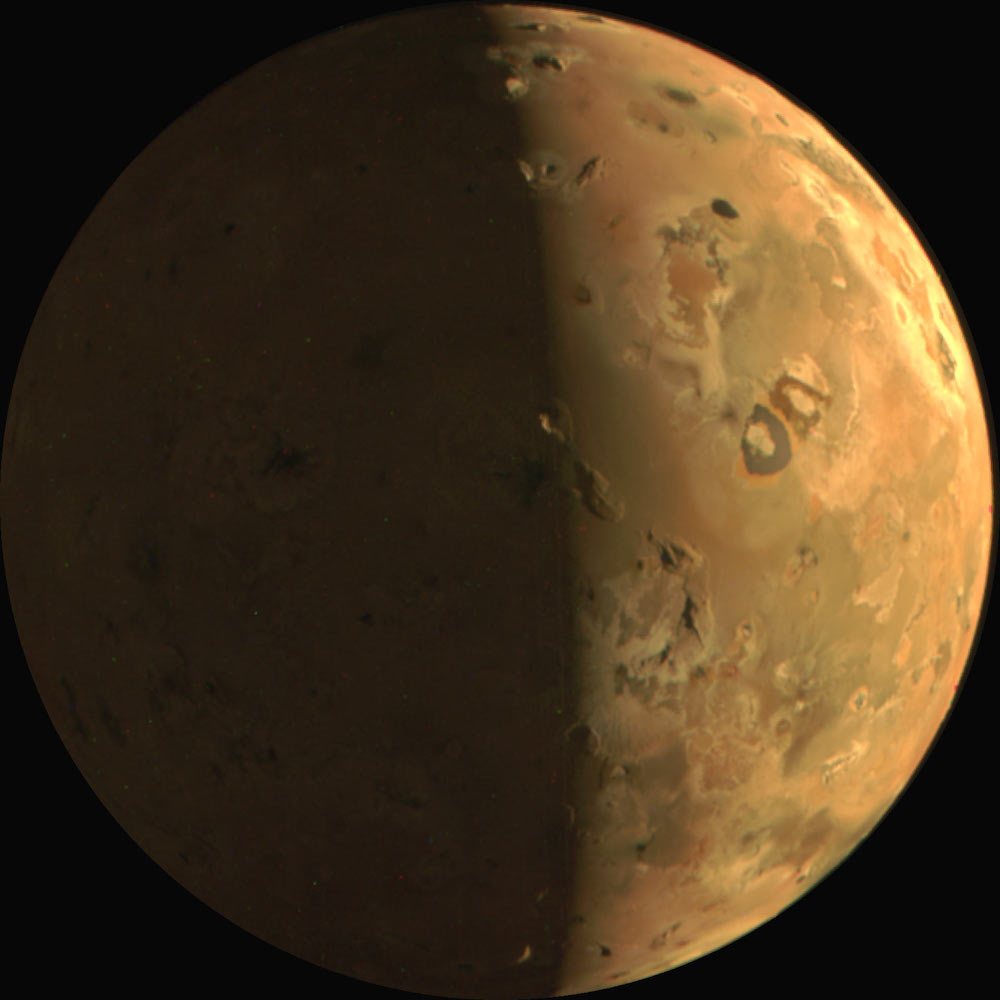It’s only a matter of time before another geomagnetic storm hits Earth. Sooner or later we will encounter another Miyake event, the geomagnetic storm of AD 774, which was probably the largest since the last ice age. Aside from the perhaps frightening play of light for people at the time, there were no consequences back then. But if we were to experience the Miyake event today, the consequences would be catastrophic for the world.
We got a premonition of this on September 1 and 2, 1859, when telegraph systems around the world failed disastrously. Telegraph operators reported receiving electric shocks, telegraph paper caught fire “just like that,” and were even able to power their equipment with unconnected batteries. In the evening, the aurora borealis, otherwise known as the northern lights, can be seen as far south as Colombia in South America. It is usually visible only at higher latitudes, in northern Canada, Scandinavia and Siberia.
What the world experienced that day, now known as the Carrington event, was a massive geomagnetic storm. These storms occur when a large bubble of superheated gas called plasma ejects from the surface of the Sun and hits the Earth. This gas bubble is known as a coronal mass ejection.
It could be much worse
Coronal mass ejection plasma consists of a cloud of protons and electrons, which are electrically charged particles. When these particles reach Earth, they interact with the magnetic field that surrounds the planet. This interaction causes the magnetic field to distort and weaken, which in turn leads to the strange behavior of the aurora and other natural phenomena.
The Carrington event of 1859 is the largest recorded record of a geomagnetic storm, but it is not an isolated event.
Geomagnetic storms have been recorded since the early 19th century, and scientific data from Antarctic ice core samples showed evidence of a larger geomagnetic storm that occurred around AD 774, now known as the Miyake event. This glow caused the largest and fastest rise in carbon-14 ever recorded. Geomagnetic storms release large amounts of cosmic rays into Earth’s upper atmosphere, which in turn produce carbon-14, a radioactive isotope of carbon.
A geomagnetic storm 60% smaller than the Miyake event occurred around AD 993. Ice core samples have shown that large-scale geomagnetic storms of similar intensity to the Miyake and Carrington events occur on average every 500 years.
How do we know how bad Miyake is
Today, the National Oceanic and Atmospheric Administration uses the Geomagnetic Storm Scale to measure the strength of these solar flares. The “G scale” is rated from 1 to 5, with G1 being minor and G5 extreme. The Carrington event could have been given a G5 rating.
It gets even scarier when you compare the Carrington event to the Miyake event. Scientists were able to estimate the strength of the Carrington event based on fluctuations in the Earth’s magnetic field as recorded by observatories at the time. There was no way to measure the magnetic oscillation of the Miyake event. Instead, the scientists measured the increase in carbon-14 in tree rings from that period. The Miyake event caused a 12% increase in carbon-14. By comparison, the Carrington event produced less than 1% of carbon-14, so the Miyake event spectacularly overshadowed the G5 Carrington event.
Strength and communication disappeared
Today, a geomagnetic storm of the same intensity as the Carrington event would do much more damage and could be catastrophic. With the ever-increasing dependence on electricity and emerging technology, any disruption can lead to billions of dollars in damage and also life-threatening situations. The storm will have massive effects on many of the electrical systems that people use every day.
Geomagnetic storms overload electrical components connected to the network, such as transformers, relays, and sensors, which can lead to widespread blackouts. A geomagnetic storm three times smaller than the Carrington event occurred in Quebec, Canada, in March 1989. The storm caused the collapse of Quebec’s hydroelectric grid. During the storm, a transformer was damaged in New Jersey and five million people were without power for nine hours.
In addition to electrical faults, communications will be disrupted on a global scale. ISPs may be down, preventing different systems from communicating with each other. High-frequency communications systems such as land-to-air, short-wave, and ship-to-shore radio will be disrupted. Satellites orbiting the Earth can be damaged. A geomagnetic storm would burn their circuit boards. This would lead to disruptions in telephone communications, the Internet, radio and satellite television.
satellite bird for cat
When geomagnetic storms hit the Earth, the increase in solar activity also causes the atmosphere to expand outward. This expansion changes the density of the atmosphere around which the satellites orbit. The higher density atmosphere creates drag on the satellite, making it slower. And if it is not maneuvered into a higher orbit, it can return to Earth.
Navigation systems may fail. In fact, every mode of transportation, from cars to planes, uses GPS for navigation and tracking. Even wearable devices such as cell phones, smartwatches, and tracking tags rely on GPS signals sent by satellites. Military systems rely heavily on the Global Positioning System (GPS) for coordination. Other military detection systems such as trans-horizon radar and submarine detection systems can malfunction, hampering national defences.
The internet is really vulnerable
For the Internet, a geomagnetic storm at the scale of the Carrington event can hit the undersea and terrestrial cables that make up the backbone of the Internet, as well as the data centers that store and process everything from email and text messages. to scientific data sets. and artificial intelligence tools. This could potentially disrupt the entire network and prevent servers from communicating with each other.
It’s only a matter of time before another geomagnetic storm hits Earth. A storm of the magnitude of the Carrington event would be extremely devastating to electrical and communications systems around the world, with problems lasting for weeks. If the storm was as large as the Miyake event, the consequences would be catastrophic for the world. Even with space weather warnings from the National Oceanic and Atmospheric Administration’s (NOAA) Space Weather Prediction Center, the world will be warned a few minutes to a few hours in advance.
(kg)

“Total coffee specialist. Hardcore reader. Incurable music scholar. Web guru. Freelance troublemaker. Problem solver. Travel trailblazer.”






More Stories
The World Health Organization criticizes unnecessary antibiotic treatments during the Corona crisis
Toward a sustainable future: space exploration as a driver of terrestrial sustainability
“There is no scientific evidence for strict fertilizer standards in the Netherlands.”